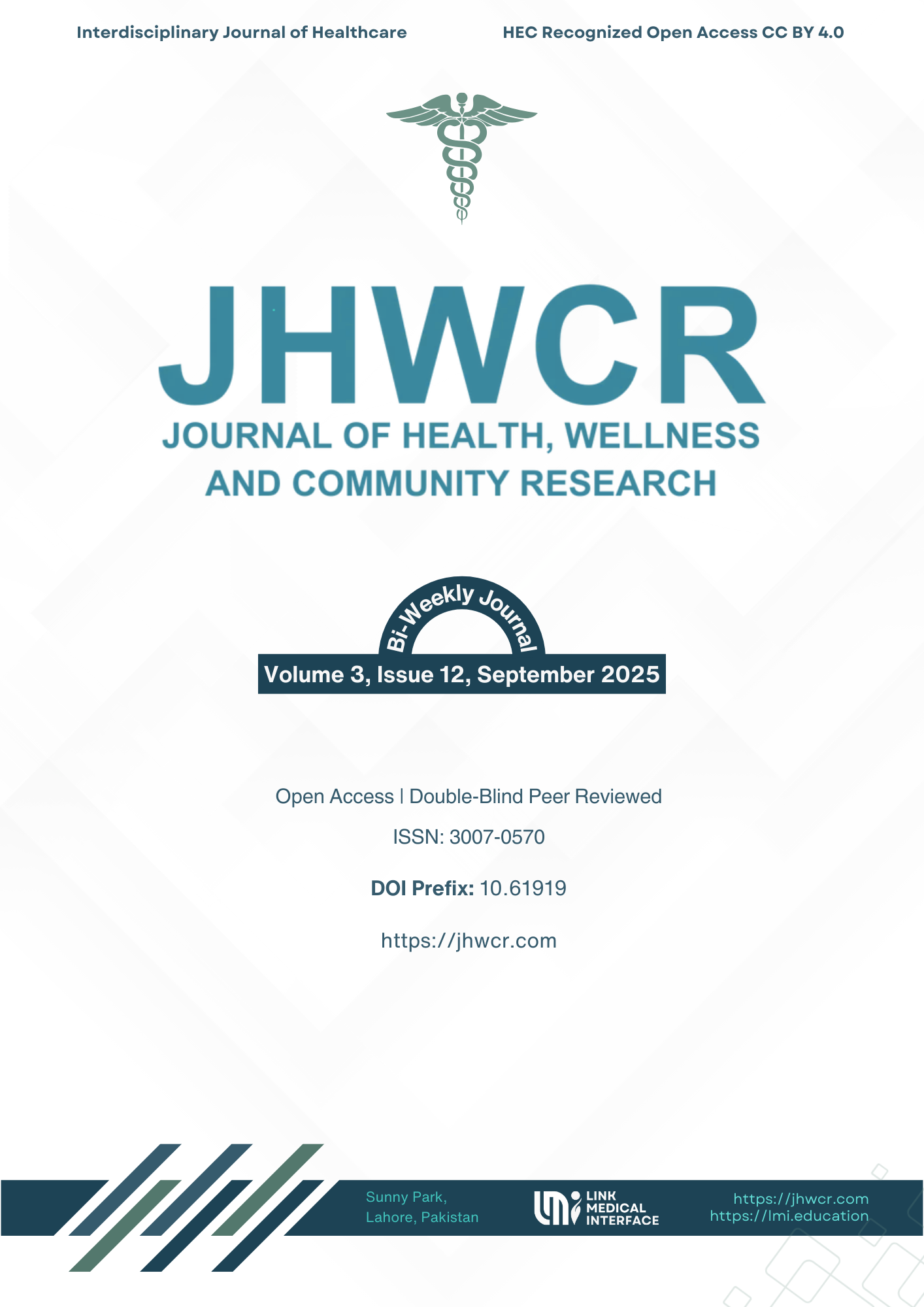Environmental Reservoirs of Antimicrobial Resistance: Gram-Negative Bacteria from Sinks and Water Filtration Plants
DOI:
https://doi.org/10.61919/2sqfap65Keywords:
Antimicrobial resistance, Gram-negative bacteria, sink drains, Drinking water, Carbapenem resistance, β-lactamase genes.Abstract
Background: Antimicrobial resistance (AMR) poses a major global health threat, with Gram-negative bacteria showing increasing multidrug resistance even to last-line agents such as carbapenems and polymyxins. Environmental reservoirs, including sink drains and community drinking water systems, are increasingly recognized as sources of antimicrobial-resistant bacteria (ARB), yet their contribution remains underexplored in Pakistan. Objective: This study investigated the prevalence, diversity, and resistance mechanisms of Gram-negative bacteria isolated from sink drains and drinking water, with emphasis on carbapenem resistance and β-lactamase gene carriage. Methods: A cross-sectional observational study was conducted between November 2022 and May 2023 in Lahore, Pakistan. A total of 150 samples were collected, yielding 85 sink drain and 50 drinking water Gram-negative isolates. Standard microbiological and biochemical methods identified bacterial species. Antimicrobial susceptibility was tested using Kirby–Bauer disc diffusion, and resistance genes (TEM, SHV, OXA) were detected by PCR. Phenotypic resistance mechanisms were confirmed by disc synergy and carbapenemase assays. Diversity indices and statistical analyses were applied to compare sources. Results: Sink drains exhibited higher prevalence of multidrug resistance, with 86% and 84% resistant to imipenem and meropenem, compared with 10% each in water isolates (p < 0.001). TEM was detected in 44% of drain isolates versus 26% in water. Diversity was significantly greater in drains (Shannon 2.5 vs. 0.6, p < 0.001). Conclusion: Sink drains serve as concentrated reservoirs of carbapenem-resistant bacteria, while drinking water systems also contribute to resistance dissemination. Targeted surveillance and improved water treatment practices are essential to mitigate environmental AMR transmission.
Downloads
Published
Issue
Section
License
Copyright (c) 2025 Fatima Hassan, Noor Fatima Tareen, Mehwish, Sana Hussain, Muhammad Faisal Bashir, Saba Riaz (Author)

This work is licensed under a Creative Commons Attribution 4.0 International License.


